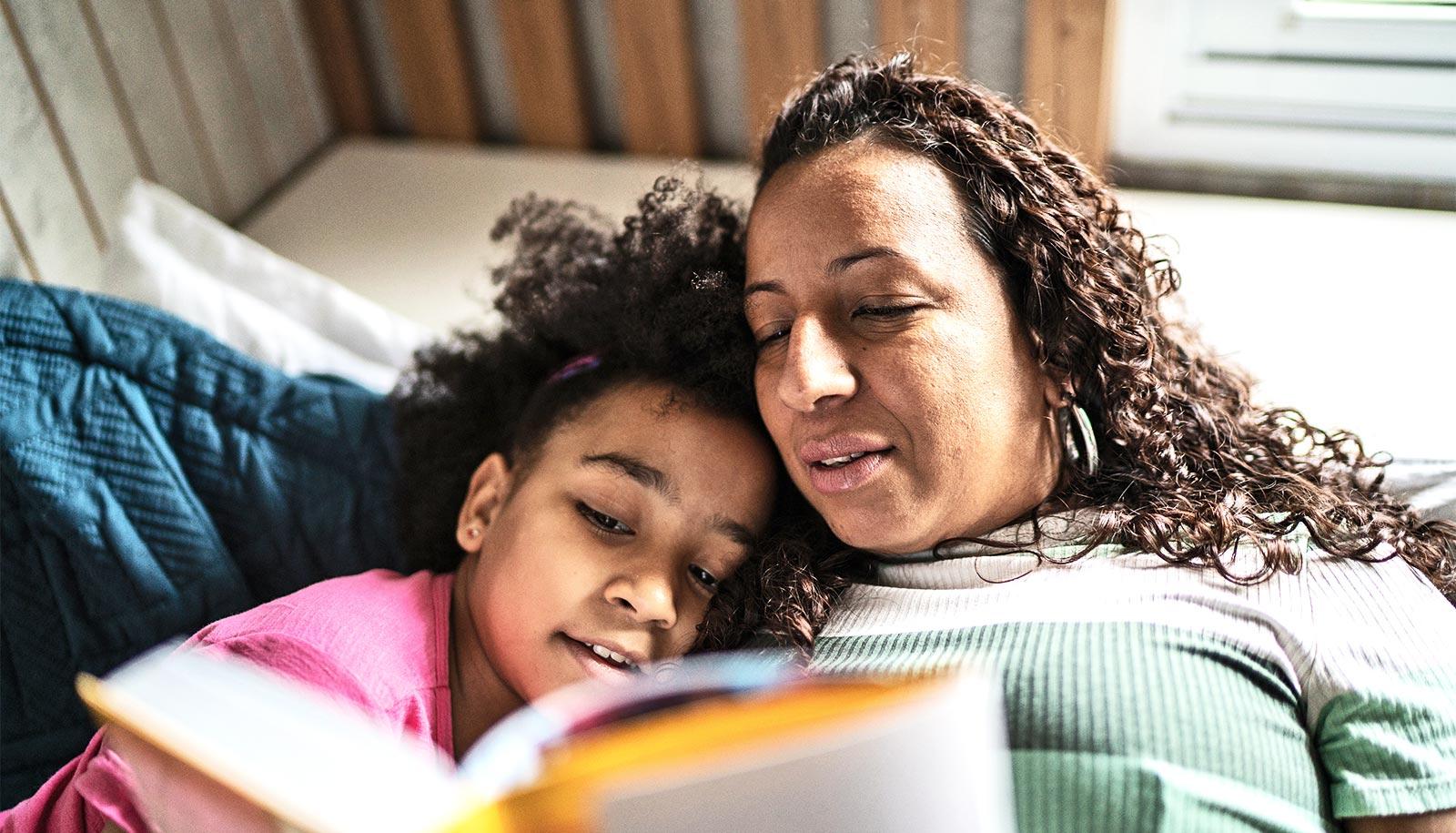Researchers report finding no evidence that discussing drug and alcohol use with preteens encourages them to try drugs or drinking.
“Communities can use data to guide prevention efforts and not worry they’re harming students.”
The study focused on school-based surveys of fifth- and sixth-graders to determine whether their behaviors changed over time. The research team found that, among two groups of students—one surveyed in fifth and sixth grade, and a control group surveyed only in sixth grade—substance use did not increase following student participation in the surveys.
Schools often survey students for a variety of purposes; this study, lead author John Briney says, indicates that surveys about substance use can provide useful information without increasing risk.
“We hope that it puts community members at ease about collecting data in the schools for prevention purposes. It’s a relatively unobtrusive, inexpensive method to gather data,” says Briney, senior data manager for the Social Development Research Group at the University of Washington. “Communities can use data to guide prevention efforts and not worry they’re harming students.”
The research stems from a 2,000-student sample of respondents in the Community Youth Development Study, which was administered in seven states, including Washington. In the study sample, two-thirds of the students took surveys in both fifth and sixth grades, with the remainder taking them in sixth grade. About 40 percent of respondents were students of color; half were girls.
In both cohorts, students answered written questions about recent (past 30 days) and lifetime use of cigarettes, alcohol, inhalants, and marijuana.
Bad sleep may predict pot and alcohol use
Among sixth-graders who had been first surveyed in the fifth grade, 10.4 percent says they had smoked cigarettes during their lifetime; 20.8 percent had used alcohol; 10.8 percent had used inhalants; and 2.6 percent had smoked marijuana. These usage rates were actually lower than among the control group of sixth-graders—of whom 12.6 percent says they had smoked marijuana and 23.6 percent says they had used alcohol. Rates of lifetime use of inhalants and marijuana in the control sample were higher than rates in the initial sample but not statistically significant.
If the surveys had prompted substance use among the initial group of fifth-graders, then usage rates when they were in sixth grade should have been higher than those of the control group of sixth-graders, Briney explains.
“The study answered an important question—whether asking about substance use at a young age encourages use. We didn’t think it would, and the data show that asking about drug use doesn’t increase use,” he says.
Conducting such a study in other locations, especially in states where marijuana has been legalized (this survey was conducted in 2004, prior to legalization in Washington) and among older students would be useful, and could yield slightly different results, Briney says.
Regardless, he adds, for schools and communities that want information to guide prevention efforts, this study shows there is value, not harm, in asking such questions.
Even ‘C-minus’ parents can keep kids off drugs
The researchers report their work in the Journal of Adolescent Health.
Source: University of Washington



